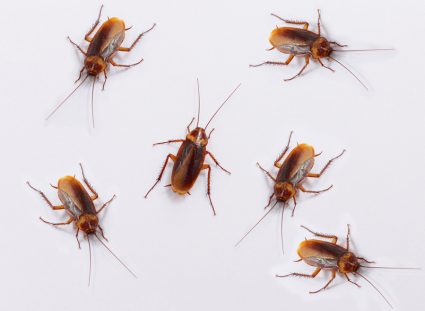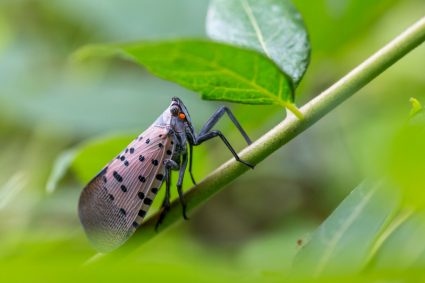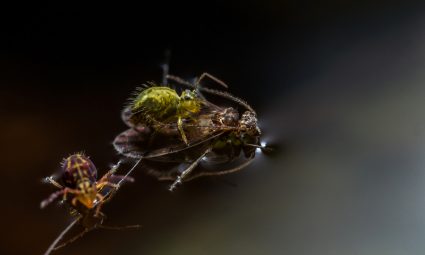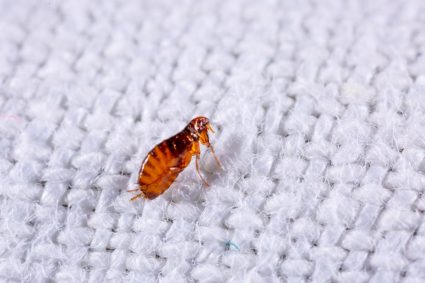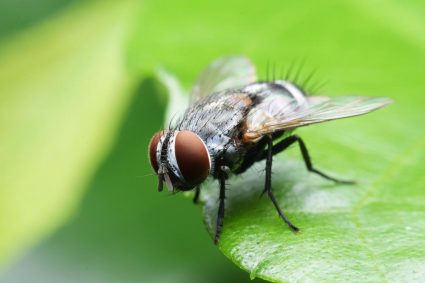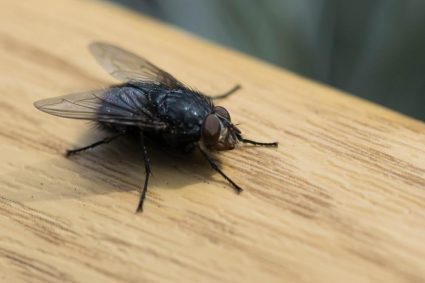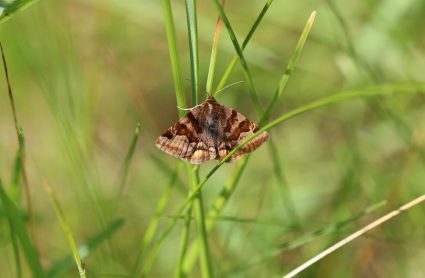
Gnats and fleas are two common household pests that can cause discomfort and potential health risks for you and your pets. Despite their small size, these pests can be a significant nuisance. If you’re struggling with a gnat or flea infestation, this comprehensive guide will provide you with effective strategies to get rid of them and protect your home in the long term.
To get rid of gnats, create a DIY trap using apple cider vinegar, dish soap, and sugar, keep your environment clean and dry, and manage waste properly. To eliminate fleas, clean areas where they breed thoroughly, take care of your pets by bathing and combing them regularly, and use flea sprays or foggers. Prevent future infestations by avoiding overwatering plants, disposing of organic waste promptly, limiting your pet’s outdoor activities, and maintaining regular cleaning routines.
Signs of Gnats and Fleas Infestation
Recognizing the signs of an infestation is the first step in combating these pests. For gnats, common signs include:
- Sightings of adult gnats flying around, especially near sinks, houseplants, or damp areas.
- Swarms of gnats, also known as “ghosts,” which are large groups of male gnats performing their mating ritual at dusk.
- Houseplants wilting or showing signs of damage, as some gnats feed on plant roots and fungi in the soil.
- Gnat bites on exposed skin, which are itchy, red, and may swell.
Flea infestations, on the other hand, can be identified by:
- Pets excessively scratching, licking, or biting their fur.
- Reddened skin, hair loss, or small raised red dots on pets, especially on dogs’ hindquarters and cats’ head and neck.
- Flea bites on humans, usually located on the lower legs and feet, characterized by red spots surrounded by red halos.
- Presence of flea dirt (flea feces), which are tiny black pepper-like specks that turn red when wiped with a damp white paper towel or cloth.
- Pale gums in pets, which can indicate anemia caused by fleas feeding on their blood.
- Fleas visibly hopping on drapery, carpet, furniture, or in your pet’s fur.
Effective Methods to Eliminate Gnats and Fleas
There are several methods to eliminate gnats and fleas from your home, ranging from DIY home remedies to store-bought solutions.
Gnats
- DIY Gnat Trap: Create a gnat trap using apple cider vinegar, dish soap, and sugar. Mix these ingredients in a bowl and place it in areas where gnats are prevalent. The mixture attracts gnats, and the dish soap traps and drowns them.
- Flypaper: Flypaper is an easy and cheap method to catch gnats. Simply hang them in areas where gnats congregate, and they will get stuck on the paper.
- Clean and Dry Environment: Gnats thrive in moist environments. To discourage them, keep your home clean and dry. Use a dehumidifier if necessary, and ensure that your houseplants are not overwatered.
- Proper Waste Management: Overripe fruits and vegetables attract gnats. Dispose of these promptly and keep them refrigerated to prevent gnats from invading your kitchen.
Fleas
- Thorough Cleaning: Clean areas where fleas frequently breed. This includes washing bedding, rugs, and pet bedding. Vacuum and sweep floors and carpeted areas, particularly along the edges of walls.
- Pet Care: Bathe pets with soap and water, then comb them with a flea comb. Consult your veterinarian about choosing the right flea control product for your pet.
- Flea Spray or Fogger: Use a flea spray or fogger in each room of your home to kill adult fleas and hatching eggs.
- Natural Solutions: Use baking soda or a mixture of salt and baking soda to dehydrate fleas in carpets and other hard-to-reach areas.
Preventative Measures to Keep Gnats and Fleas Away
Prevention is always better than cure. Here are some preventative measures to keep gnats and fleas at bay:
Gnats
- Avoid Overwatering: Overwatering houseplants can create a suitable environment for gnats. Let the soil surface dry slightly before watering again.
- Use Sand or Gravel: Using sand or gravel on the top layer of soil in potted plants discourages gnat egg-laying.
- Dispose of Organic Waste Promptly: Organic waste can attract gnats. Dispose of it promptly and keep your kitchen clean.
- Store Extra Potting Soil in Airtight Containers: Gnats are attracted to damp potting soil. Store extra soil in airtight containers to prevent gnats from laying eggs.
- Plumbing Maintenance: Repair any leaking pipes and ensure gutters and downspouts channel water away from your home.
Fleas
- Limit Outdoor Activities: Limit your pet’s time outdoors and their contact with wild or stray animals.
- Regular Pet Care: Bathe and brush your pets regularly, and check them for fleas. Consult your veterinarian about appropriate flea control products.
- Thorough Cleaning: Vacuum carpets, rugs, and upholstery frequently, and clean pet bedding with soap and water.
- Yard Maintenance: Maintain your yard by mowing the lawn and trimming shrubs to eliminate hiding spots for fleas.
- Anti-Flea Carpet Sprays and Foggers: Use anti-flea carpet sprays and foggers to treat your home, following the product instructions carefully.
By following these steps, you can minimize the risk of gnats and fleas infesting your home and causing discomfort to you and your pets.
Health Risks Posed by Gnats and Fleas
Gnats and fleas can pose health risks to both humans and pets. Gnats can cause itching, pain, and localized swelling when they bite humans. Although fungus gnats may damage plants, they generally do not pose much risk to humans. However, gnats can cause allergic reactions and potentially transmit diseases to pets.
Fleas, on the other hand, can cause a variety of issues for pets, such as flea bite dermatitis, which is an allergy to flea saliva. Pets are also at risk for internal infections from fleas, such as tapeworms, which can be passed to pets when they ingest the flea. Fleas can bite humans but do not live on human skin or hair. They can carry and spread diseases to humans, including plague and cat scratch fever. Flea bites can also cause itching, irritation, and secondary infections due to scratching.
In rare cases, gnat bites can cause severe allergic reactions, such as anaphylaxis, which requires immediate emergency attention. Fleas can transmit tapeworm larvae, murine typhus, and bubonic plague from one host to another. Flea infestations can also cause anemia in pets, which can be life-threatening if left untreated.
To protect humans and pets from the health risks associated with gnats and fleas, it is essential to maintain a clean environment, use appropriate pest control measures, and seek medical attention promptly if any symptoms arise.
Conclusion
Gnats and fleas can be a nuisance, but with the right strategies, you can effectively eliminate them from your home. By maintaining a clean environment, using DIY or store-bought solutions, and taking preventative measures, you can keep your home free of these pests. If the infestation persists, consider seeking professional help. Remember, a gnat and flea-free home is a comfortable and healthy home!


